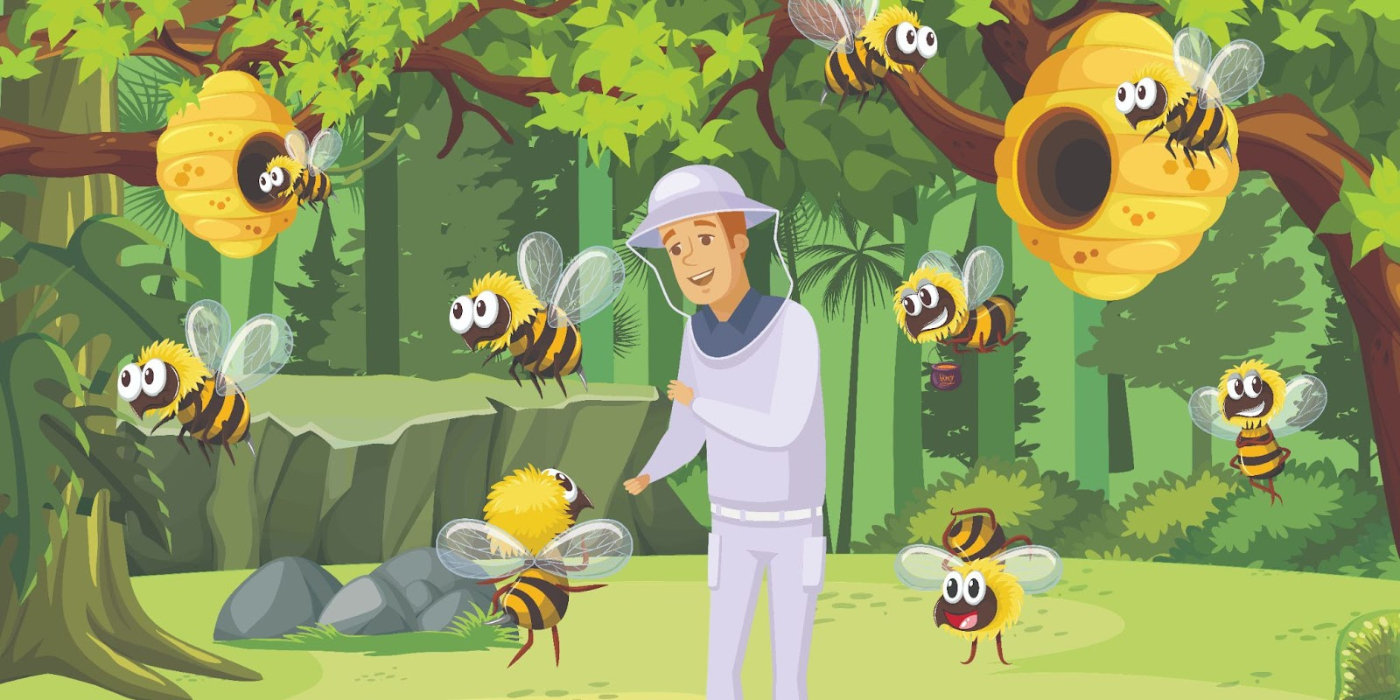
Top Beekeeping Mistakes and How to Avoid Them
Beekeeping is a rewarding hobby and profession that connects you to nature and provides you with delicious honey. However, like any venture, it comes with its challenges. New and seasoned beekeepers alike can make mistakes that can be detrimental to their hives. Understanding common pitfalls and how to avoid them can help ensure your bees thrive. Here, we discuss some of the top beekeeping mistakes and provide tips on how to avoid them.
1. Neglecting Hive Inspections
Mistake:
One of the most common mistakes is not inspecting hives regularly. Beekeepers may assume that their bees are doing fine and fail to check on them frequently.
Solution:
Conduct regular hive inspections, at least once every 7-10 days during the active season. This helps you monitor the health of the colony, check for signs of disease, pests, or queen problems, and ensure the bees have enough space. Consistent inspections allow you to catch and address issues early before they become severe.
2. Improper Hive Placement
Mistake:
Placing hives in unsuitable locations can lead to various problems, including poor bee health and reduced honey production.
Solution:
Choose a location that offers plenty of sunlight in the morning and some shade in the afternoon. Ensure the area is well-drained, has good air circulation, and is protected from strong winds. Avoid placing hives near areas with heavy pesticide use or close to sources of pollution.
3. Feeding Bees Incorrectly
Mistake:
Feeding bees improperly, whether by using the wrong type of feed or feeding at the wrong time, can harm the colony.
Solution:
Feed your bees with a 1:1 sugar syrup solution in the spring and a 2:1 solution in the fall if they need supplemental food. Avoid feeding honey from unknown sources, as it can introduce diseases. Stop feeding when natural nectar flows are strong, as artificial feeding can disrupt their natural foraging behavior.
4. Ignoring Swarm Prevention
Mistake:
Failing to manage swarming can result in the loss of a significant portion of your colony.
Solution:
Monitor your hive for signs of swarming, such as the presence of swarm cells or a congested brood chamber. Implement swarm prevention techniques like providing ample space, reversing hive bodies, and splitting the colony when necessary. Regular inspections will help you stay ahead of potential swarming.
5. Overusing Chemical Treatments
Mistake:
Over-relying on chemical treatments for pests and diseases can lead to resistance and harm your bees.
Solution:
Use integrated pest and disease management (IPM) strategies that combine chemical and non-chemical methods. Rotate treatments to prevent resistance, and always follow label instructions carefully. Consider natural alternatives and mechanical methods, such as screened bottom boards and drone comb removal, to control pests.
6. Inadequate Winter Preparation
Mistake:
Failing to prepare hives for winter can result in colony loss due to cold temperatures and starvation.
Solution:
Ensure your bees have enough honey stores to last through winter. Reduce the hive entrance to prevent drafts and install an entrance reducer to keep out rodents. Provide insulation or a windbreak to protect hives from harsh weather. Regularly check on your hives during winter to monitor their condition.
7. Poor Record Keeping
Mistake:
Not keeping records of hive inspections, treatments, and other activities can lead to missed problems and poor hive management.
Solution:
Maintain detailed records of your beekeeping activities. Note the date and observations of each hive inspection, treatments applied, and any actions taken. Good record keeping helps you track the progress of your colonies, identify patterns, and make informed decisions.
8. Neglecting Bee Nutrition
Mistake:
Not providing adequate nutrition can weaken your colony and make them more susceptible to disease and pests.
Solution:
Ensure your bees have access to diverse forage sources throughout the season. Plant a variety of bee-friendly flowers, trees, and shrubs that bloom at different times. Provide supplemental feeding with pollen patties or protein supplements if natural forage is scarce.
9. Mishandling the Queen
Mistake:
Improperly handling the queen can lead to her injury or loss, which can severely disrupt the colony.
Solution:
Handle the queen with care and use queen marking and clipping techniques if necessary. When introducing a new queen, follow proper introduction procedures to increase the chances of acceptance. Minimize disturbance to the hive during inspections to avoid accidentally harming the queen.
10. Lack of Education and Support
Mistake:
Not seeking out education and support can leave you unprepared to manage your bees effectively.
Solution:
Continuously educate yourself about beekeeping through books, online resources, and local beekeeping associations. Attend workshops, seminars, and conferences to stay updated on best practices and new developments. Connect with experienced beekeepers who can offer advice and support.
Beekeeping is a fulfilling endeavor that requires knowledge, patience, and diligence. By avoiding these common mistakes and implementing best practices, you can ensure the health and productivity of your hives. Remember, continuous learning and adaptation are key to successful beekeeping.



Leave a comment